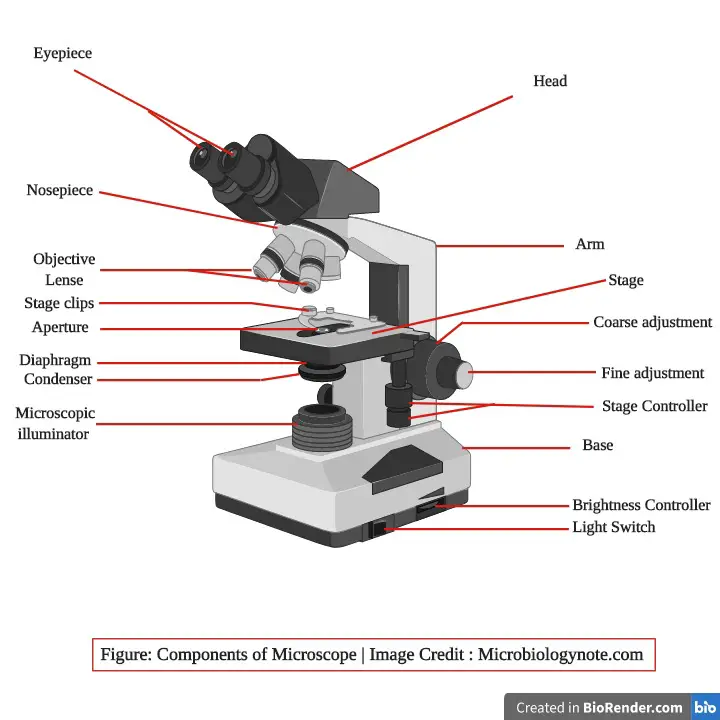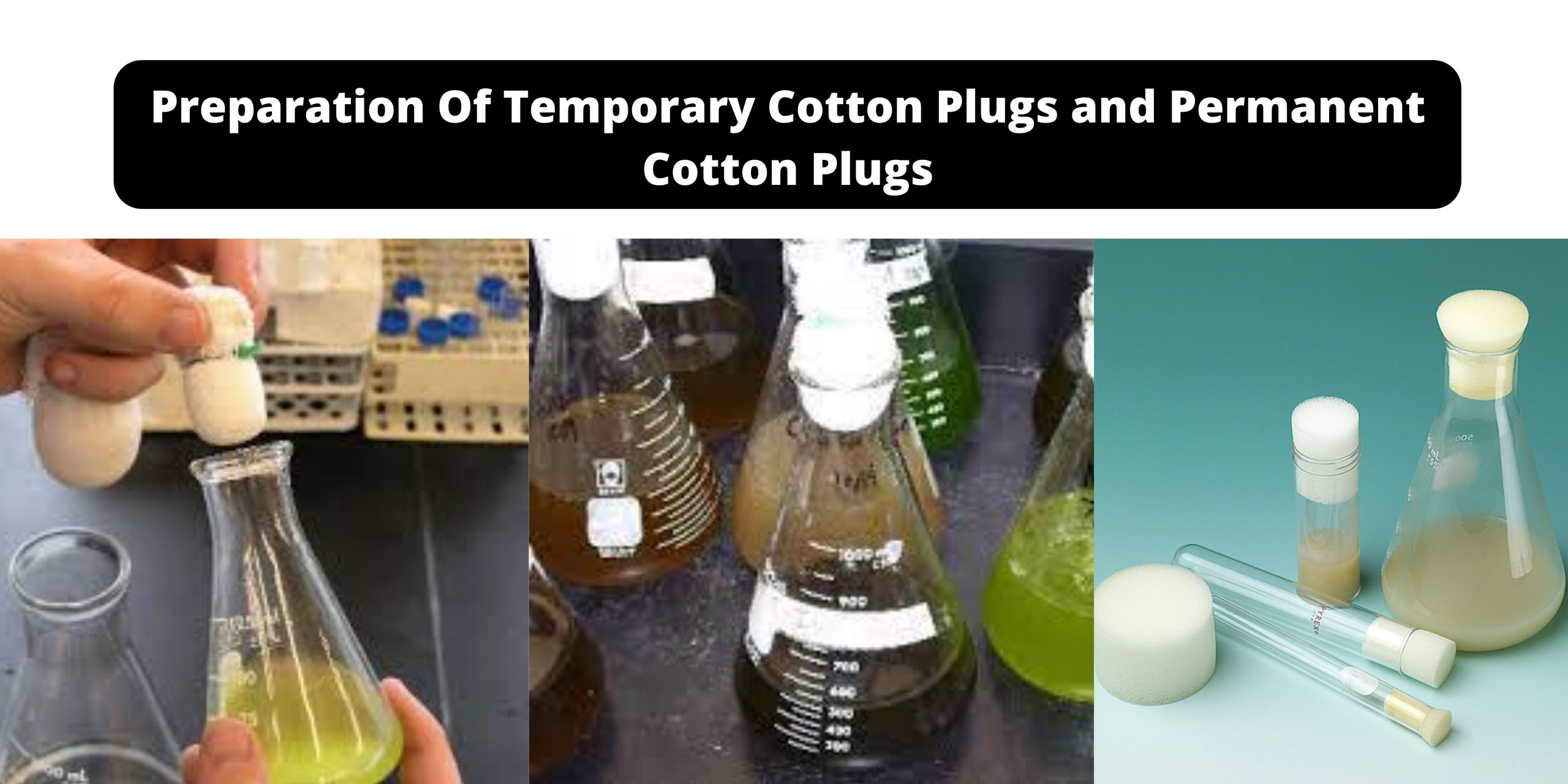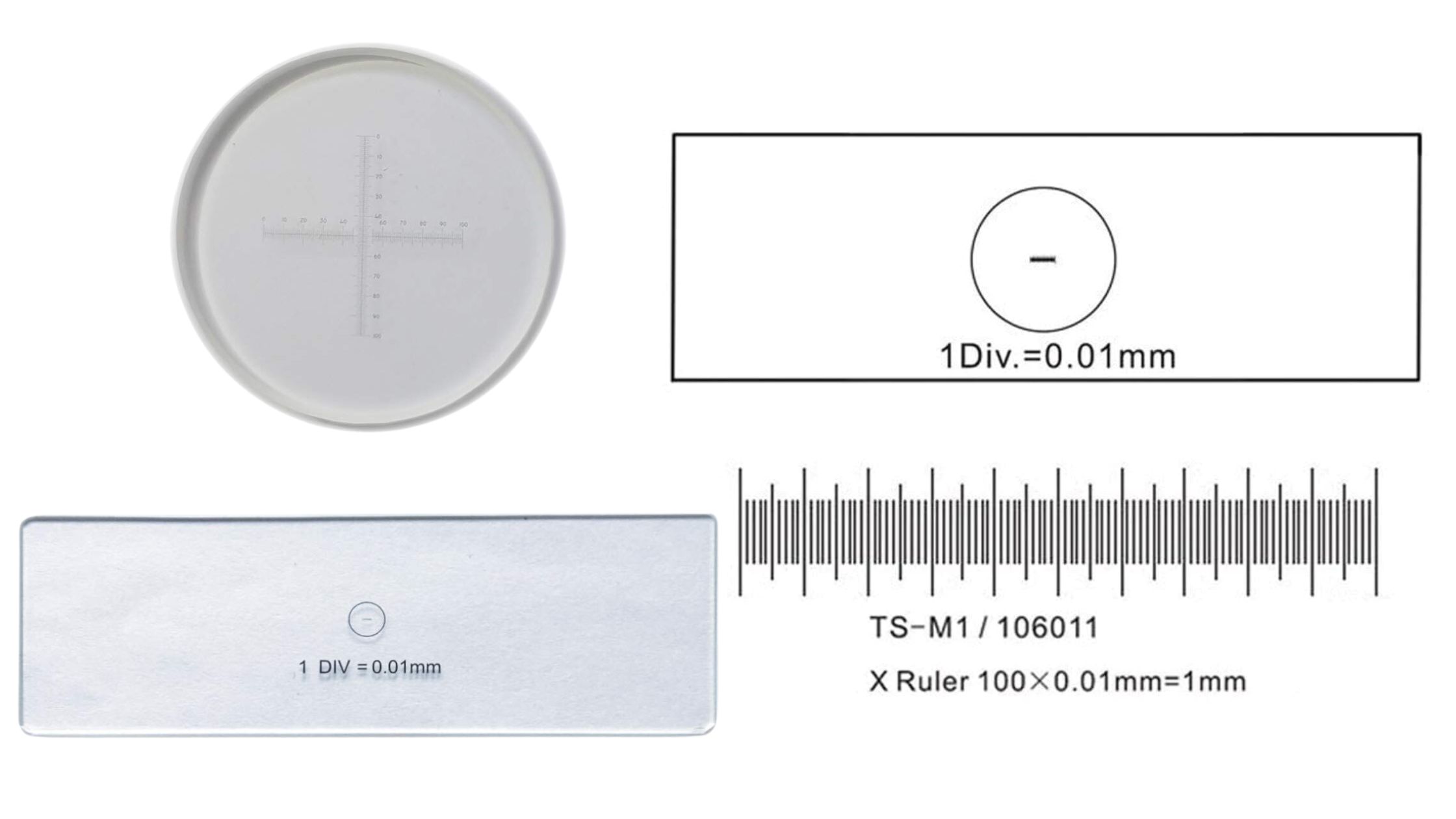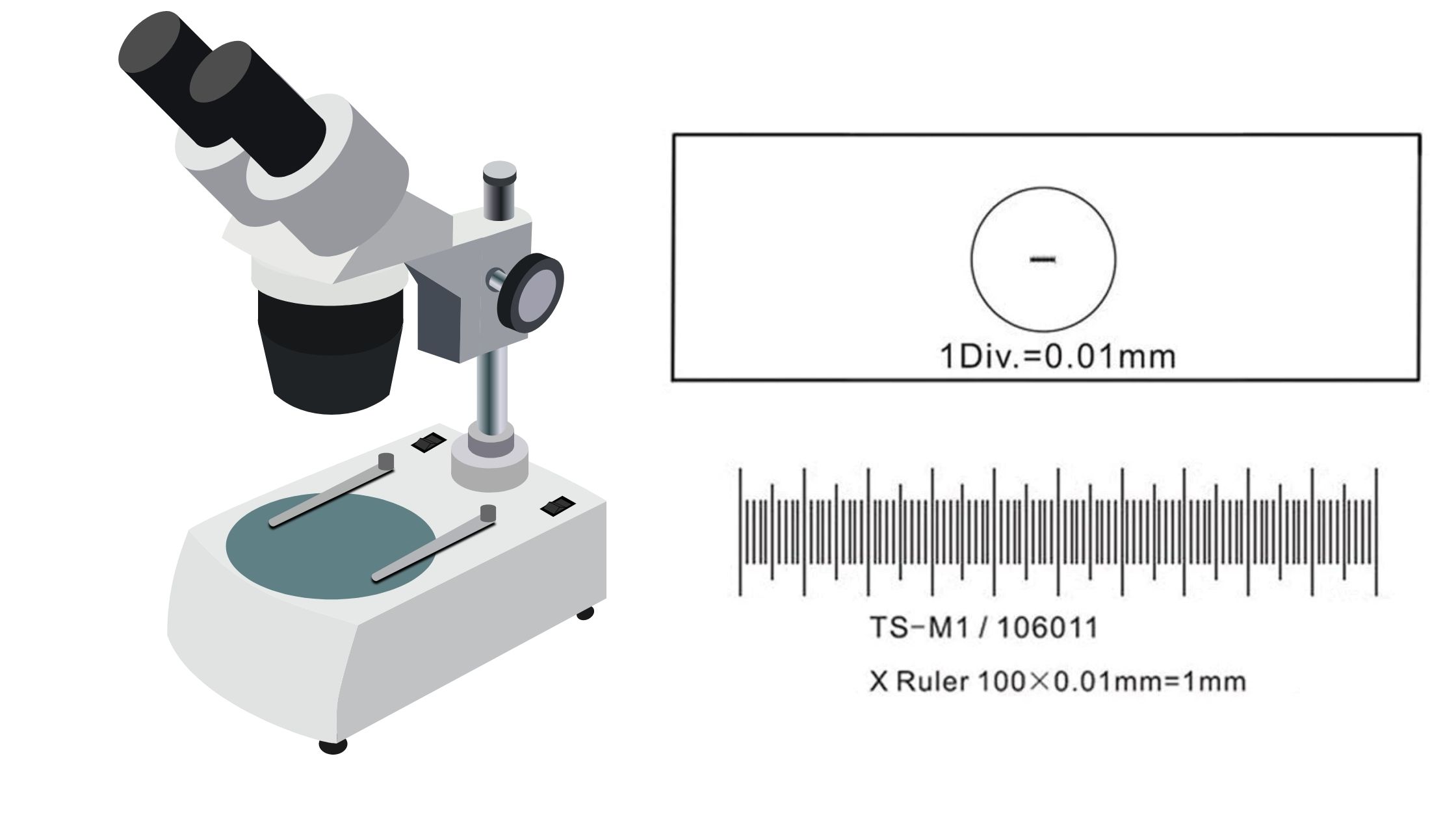Color Spectrophotometer – Principle, Parts, Procedure, Applications
What is Color Spectrophotometer? A color spectrophotometer is referred to as an optical instrument that is utilized for measuring the intensity of light at various wavelength’s, which gives a look into how a sample’s surface reflect or absorb color’s in a quite systematic way. It is considered a device that records the reflectance spectrum, which … Read more









